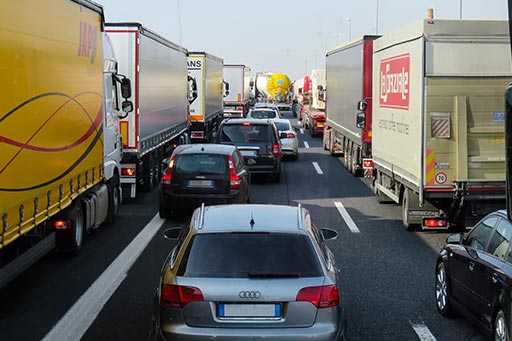Submitted by admin on
Featured news

The economies of rich nations and the lifestyle of most of their residents depend on cars and light trucks and light-duty vehicles (LDV); LDV are gaining the same role in developing nations. These vehicles contribute most of the carbon monoxide (CO), volatile organic compounds (VOC), and nitrogen oxides (NOx) emitted in cities; counting discharges of engine bpv coolant, windshield washer fluid, used motor oil, and gasoline, LDVs are responsible for a considerable amount of water pollution. Transportation accounts for 30% of total carbon dioxide (CO2) emissions from fossil fuel combustion, with just under two-thirds resulting from gasoline consumption in motor vehicles. LDVs are also responsible for considerable expenditures and environmental disruption due to construction and repair of highways and parking facilities.
Why do we devote so many resources to LDV? What do we get for these expenditures? Perhaps, the most important attributes that we get our freedom, access, and mobility. We get to go where we want when we want—subject to congestion, parking availability, vehicle costs, and other practical limitations. We can transport ourselves, our families, and our purchases and possessions.
This makes it clear that motor vehicles are important to the economy and lifestyle of various countries. Importance goes well beyond the direct consumer expenditures and indirect (support) expenditures, such as roads, suburbs, oil wells, refineries, and service stations. They shape the way we live and how we see ourselves. Any attempt to change LDV and their use must overcome formidable barriers.
The World Commission on Environment and Development, Our common future. Oxford: Oxford University Press; 1987
Bresnahan TF, Yao DA. The nonpecuniary costs of automobile emissions standards. Rand J Econom 1985
